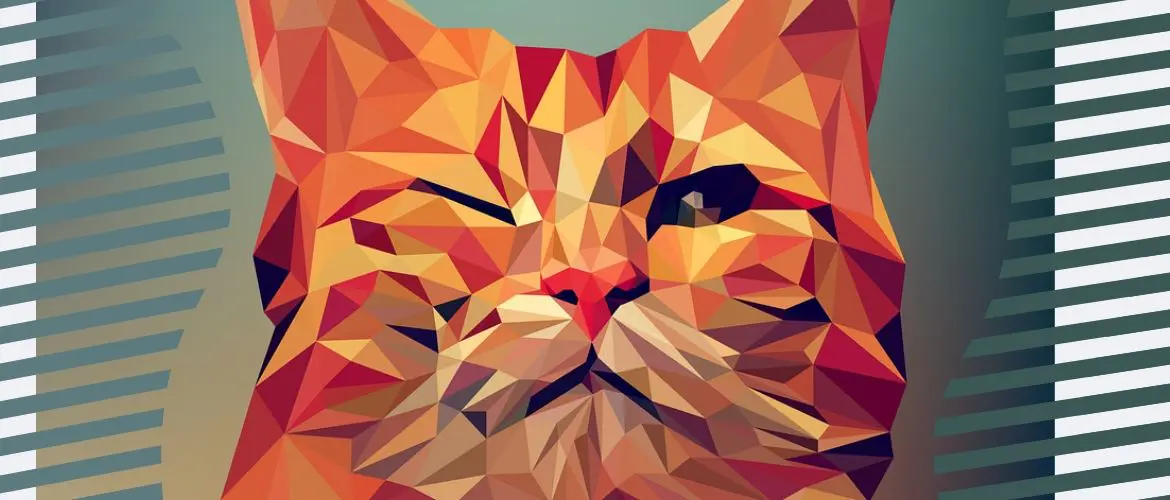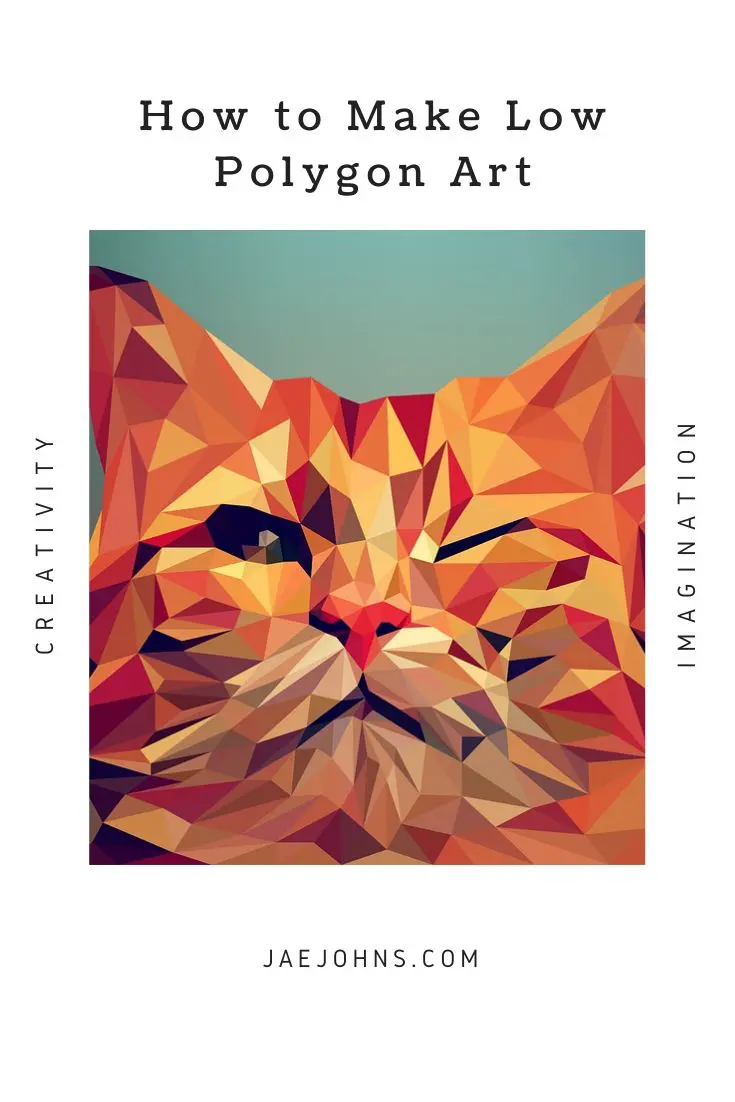Low Polygon art is easily one of the most favored modern styles of design that is sweeping the art world.
Though most people would recognize this unique style, few people know it by name or how to make it.
It is easy to identify as a modern look, and I absolutely love to see images that embrace it.
My appreciation for this fun modern style currently being favored among artists and video game designers made me want to learn more.
That is why I decided to share everything that I have learned about the wonder that is low polygon art!
Understanding Low Polygon Art
In order to create low polygon art, we must begin by defining it for what it is.
Generally speaking, low polygon art is artistic images composed of angular geometric shapes.
In many ways, these images can look like a kaleidoscope.
What makes it most interesting is that rather than random patterns, full images are made.
Though you might see a more random design in the background, low polygon art is more focused in nature.
Low polygon art has distinguished itself by the way that it utilizes shapes.
The thing that separates it from something like, say, a mosaic, is the life given to it by the shapes.
Instead of appearing completely flat, low polygon art tends to jump right off the page.
You can almost imagine the picture elements just leaping off the page and setting into motion.
My favorite part of this style is how much it feels almost mechanical.
You can envision these images coming to life and moving like a series of machine parts.
So, how do we capture this?
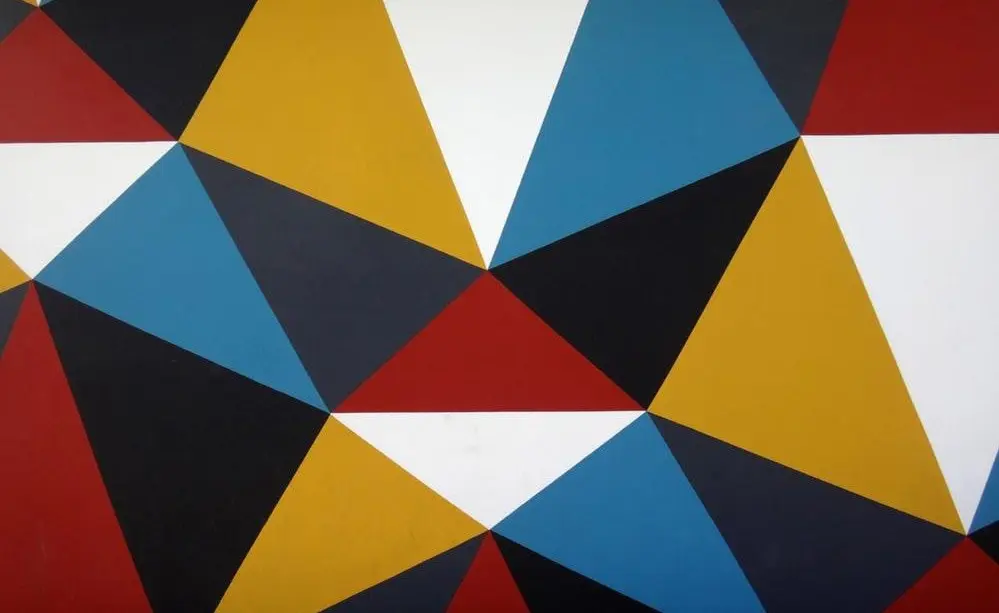 Photo by George Pagan III
Photo by George Pagan III
Choosing the Right Shapes
Considering the basis for low polygon art, you first learn to choose the right shapes.
Though technically all polygons are fair game for this unique art style, the fact is that they must be chosen with caution.
What is fascinating about this style of art is the fact that simply choosing the correct shapes can bring the image to life in amazing ways.
More importantly, it is the fact that the shapes tend to be completely unique in nature.
In order to understand this, you must first consider the fact that polygons are defined by certain perimeters, but they can be manipulated.
The most common shape chosen for use within low polygon art is the triangle.
You might think that this doesn’t sound terribly exciting, but triangles are actually incredibly versatile when it comes to actual shapes.
Though they are always dependent upon the defining factor of three sides, there is a lot of room to play.
You can use your imagination to choose different lengths and angles for each side.
This gives you complete creative control over the overall presentation of the image.
Alongside the triangle, rhombuses, and rectangles are common elements for forming low polygon art.
As long as your shapes are angular and suit the overall look of your subject, you are free to experiment.
Simply focus on laying the shapes down one next to the other and watch as your image comes to life in a fun and modern way.
Using the Right Shades for Each Shape
The element that really gives low polygon art it’s unique look is the shades chosen for each shape.
Unlike a mosaic, which simply breaks an image up into pieces, low polygon art is more creative.
The true power behind low polygon art is the fact that it relies on many different shades for each element within the image.
This gives it the completely unique and textured look that it is known for.
Understanding how to use this effectively can give you the ability to make absolutely stunning images.
There are several different ways to go about choosing the right shades for your polygons.
As a general rule, specific elements should always be the same color.
While they will always be the same color, multiple shades will be used for each element.
In most cases, two shapes of the same shade and color will never be placed next to one another.
Though there are exceptions to the rule, using the same shade side-by-side flattens the image.
This betrays the very style of low polygon art, so use it sparingly and only with shapes at different angles.
The real spirit of low polygon art is to create a sort of shifting look that will jut out differently at every single angle.
By using similar but slightly different shades, you can create that signature look in a way that people will marvel at.
You can vary shades as much as you like, but shades that are very similar but just slightly different tend to have a bigger impact.
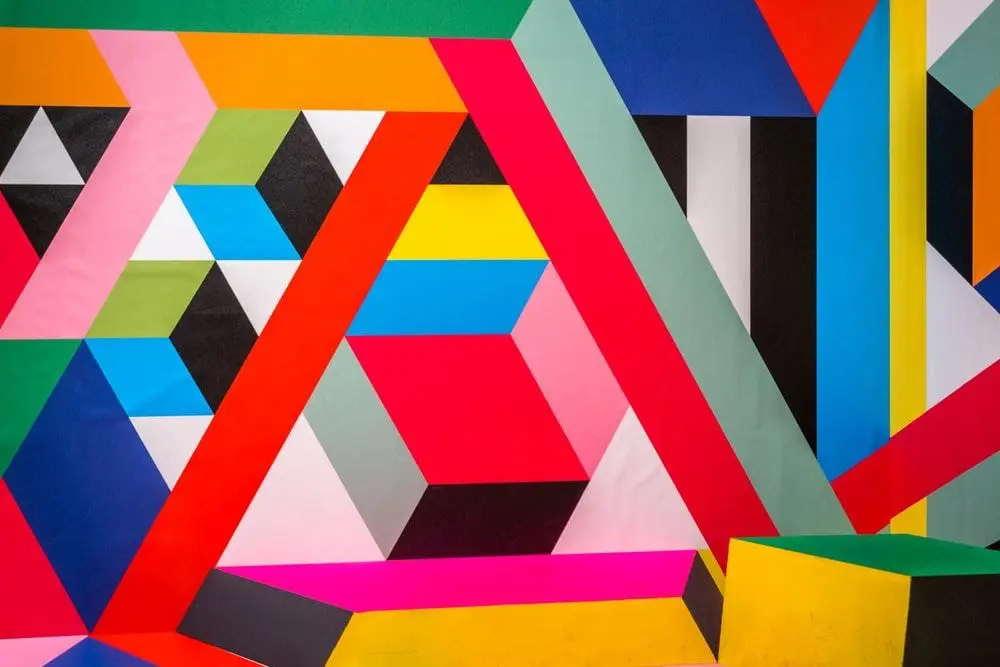 Photo by Alexander Schimmeck
Photo by Alexander Schimmeck
Picking the Correct Image
A huge part of making low polygon art is choosing the right image.
Though technically any image can be used to make low polygon art, the style generally trends toward minimalism.
While you might have a variety of shades and shapes in your scene, you want to keep it simple from a subject perspective.
This will help you to maintain that signature minimalistic look that this style is so famous for.
Though you do want to keep your image relatively open, that doesn’t mean that you can’t have detail.
In fact, many artists are making stunning and incredibly detailed works of art using this method. However, they generally keep the detail to specific sections.
As you pursue your low polygon art, you will want to keep your mind open to images that are intended to be fantastical.
In fact, the majority of art being created in this style is fantasy-based in nature.
This is mostly because it is incredibly popular among video game designers right now.
The unique style of this art is known for helping take gamers and dropping them right into a world that is similar to the one that they know, but slightly different.
What is magical about this style of art is the fact that it can easily be used to create something cartoony as easily as a piece of beautiful abstract art.
Whether you are using this to draw dragons or portraits, you will find that it is a versatile style.
Choose a compelling subject with a simplistic background and watch your art come to life like never before.
Creating With Different Tools
An interesting part of creating low polygon art is the many different ways that you can go about it.
The most common options are to use digital tools or to go at it by hand.
Creating low polygon art by hand isn’t something that most people do, I will admit.
It isn’t that you can’t do it by hand. You absolutely can create this unique style with free-hand drawing techniques.
However, it is more difficult to go about it this way.
This is because when we draw by hand, it tends to be slightly less perfect in nature.
While you absolutely do want forty different triangles in your drawing, you want them all to be perfectly straight.
Drawing straight lines are more than possible, but any slight irregularities will compromise the style of the drawing as a whole.
If you are going to take this route, I suggest that you use a ruler or other straight edge to pursue it.
It really is important to have a perfectly straight look.
In the event that you don’t want to take a hand-drawn approach, you can use digital tools to make it possible.
You will likely notice that most examples of low polygon art are blatantly digital art.
This is because the digital space accommodates this style so much more. It also allows for more subtle transitions from one shade to the next, which is why so many people are flocking to digital for it.
You simply have more control over all of the elements.
You can easily draw a shape and manipulate it to your heart’s content.
This gives you the power to make different but perfect shapes every single time, and the effect is simply stunning.
It also helps that you can copy some of the existing shapes, making it possible to create an underlying flow in the piece.
There is no right or wrong way to go about creating this style of art, but the digital space certainly has its benefits.
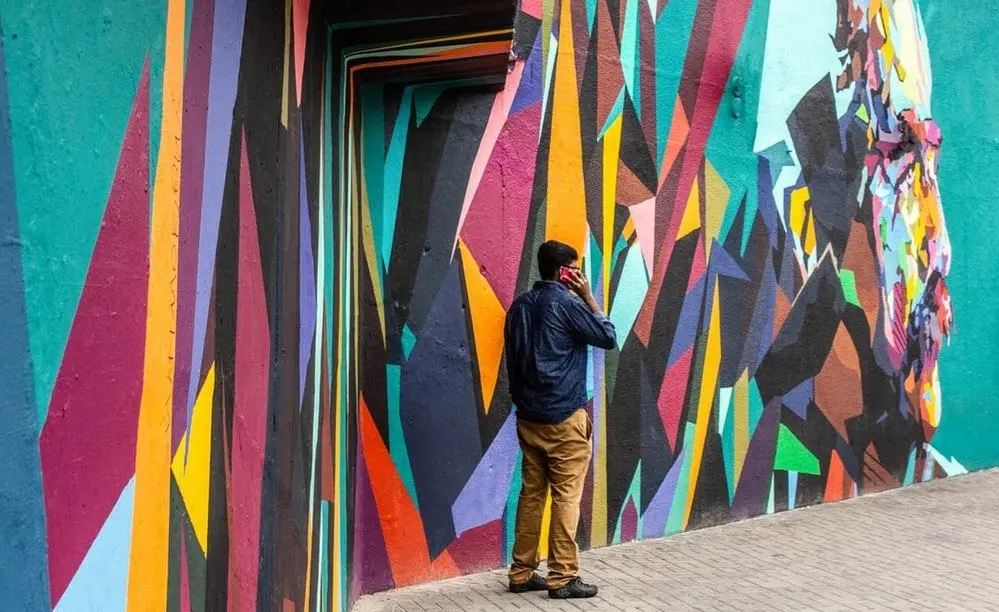 Photo by Clément Falize
Photo by Clément Falize
Embracing the correct Dimensions
The use of dimensions in low polygon art is incredibly interesting.
Unlike mosaics, which are two-dimensional in nature, low polygon art mixes dimensional styles.
You can do some pieces in a flat two-dimensional way and others in a deeper three-dimensional way.
This makes it easy for you to create more compelling looks throughout your artwork.
You can easily manipulate the style and angles of your shapes to create something that is more unique looking.
It is what gives the style a sort of three-dimensional wind-tossed look that so many people favor.
The two-dimensional elements never seem quite flat when surrounded by other elements in different shades.
When you create low polygon art, you don’t necessarily have to do anything in two dimensions.
You can opt to make every single shape at an angle that seems to leap off the page, and many artists do.
As long as you are careful about what you place where you can create some very unique looks here.
Taking this approach is especially great for fantasy elements.
Spotlighting Certain Elements
As I mentioned when we discussed choosing subjects, minimalism is key with low polygon art.
However, that doesn’t mean that your image has to be simple. It merely means that certain parts of it need to be.
This is because a key element of this style of art is using the scene to highlight something specific.
Generally, there will be one or two elements that get a more detailed look to them while the rest remains more open.
Using this approach allows you to highlight a subject or background element in fun ways.
You can use this to create emphasis and encourage a more bold look for your main subject.
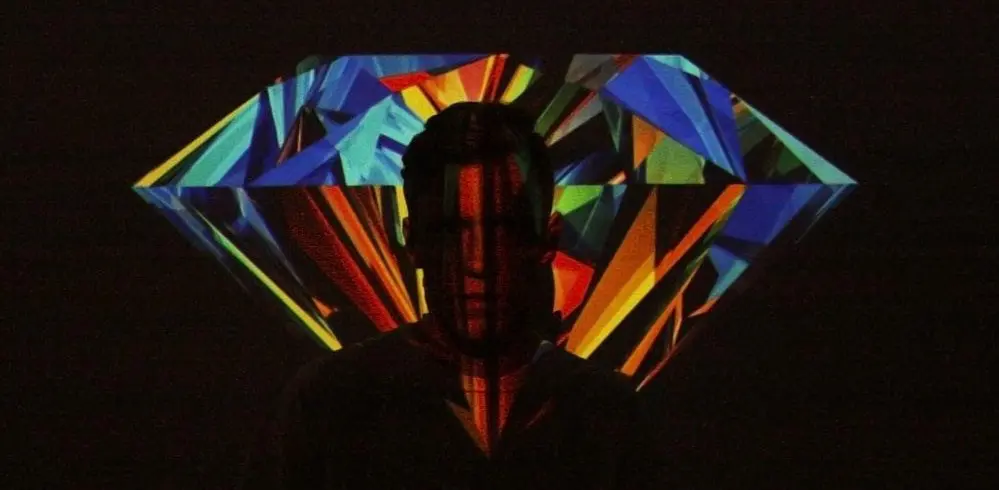 Photo by Jaden Barton
Photo by Jaden Barton
Using Low Polygon Style to Add to an Image
In the event you don’t want to go for a complete low polygon art image, you can just use certain elements.
Many other styles of art are benefiting from the use of low polygon style as well.
It is becoming more common to add elements in this style to art pieces or pictures, which can have a very cool effect.
Photo editors specifically are loving what plugging in a low polygon element can do.
It is being used effectively for graphic design, as well as to dress up other drawing styles.
You can use this approach to immediately place emphasis or create an intentional disparity between sections of your artwork.
If you’re interested in other content to help your creativity, check out my other related content:
- 15 Amazing Creative Sites for Inspiration
- 3 Essential Tips to Create Ideas for Posters
- 5 Cool Easy Painting Ideas That Will Inspire You
- 30 Creative and Unique Watercolor Ideas For Beginners
- Top 10 Inspirational TED Talks to Empower Your Creative Growth
Conclusion
Looking at examples of low polygon art, it is easy to see why people love it so much.
It really is a cool looking style that has a distinctly modern feel, as if it came from the future.
Though making this style of art is fun, it can also be therapeutic.
In many ways, it becomes creating your very own puzzle to piece together a broader image, and I personally really enjoy that.
Whether it is your favorite or not, every artist should try it at least once as a creative exercise.
You might just be amazed by how much fun it is to work with.
Have you ever tried to make low polygon art? If so, what has been your experiences?

